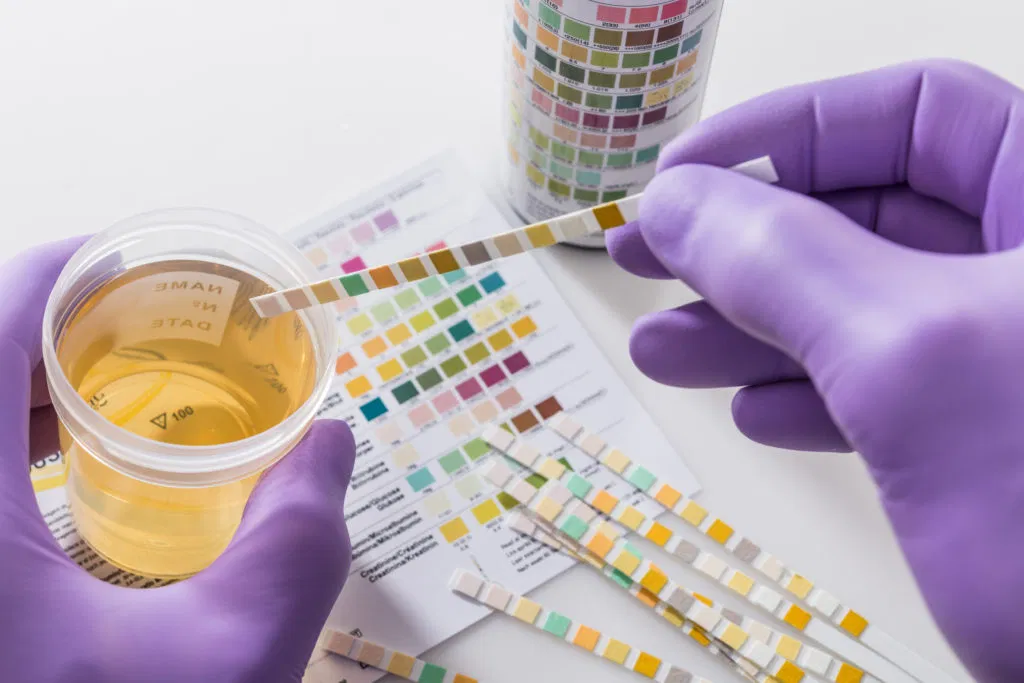Urinalysis tests your urine by checking its appearance, concentration, and contents. It diagnoses and monitors a range of disorders. If you have a urinary tract infection, your urine may appear cloudy. Tests such as pregnancy or drug screening use a urine sample. Urinalysis is necessary when admitted to the hospital or just about to undergo surgery. If you have symptoms and would like to diagnose the cause of your symptoms, Sugar Land urinalysis may be what you need.
Why Urinalysis is necessary
Urinalysis is a standard test done for many reasons. The following are some of the reasons to undergo the test:
- Check your overall health status. Urinalysis is part of a routine checkup when admitted to the hospital. A urinalysis test can screen for various medical conditions. These conditions include kidney disease, urinary tract infections, diabetes, or liver disease.
- Diagnose a medical condition. If you experience abdominal pain or frequency when urinating, your health care provider might request a urinalysis. The urinalysis can aid in diagnosing the cause of your symptoms.
How Urinalysis works
There are three ways your doctor might use to analyze your urine;
Visual exam. During a visual exam, your doctor checks the color and your urine’s clarity. If your urine appears cloudy, this may mean you have a urinary tract infection. The foam may be a sign of kidney disorder.
Microscopic exam. A microscopic exam uses a microscope to check for small things not seen with naked eyes. This exam checks for something that should not be part of your urine. These foreign things may include; white blood cells, bacteria, red blood cells, and clumps of minerals that signify kidney stones.
Dipstick test. The dipstick test uses a thin strip dosed with chemicals. Your doctor dips the stick into your urine. The substances on the stick react with the urine. If the levels are abnormally high, the stick will change color. The dipstick test can check for; acidity, high glucose, protein, white blood cells, or blood.
How to collect a urine sample
You can collect your urine sample at home or the hospital. Your doctor will give you a container for the sample and instruct you to take the urine sample in the morning when it is more concentrated. The sample can be collected midstream or using the clean-catch method. For babies, or if you cannot take the sample yourself, your doctor can insert a thin, flexible tube through the urinary tract into the bladder to collect the sample. Deliver the sample at the hospital as instructed by your doctor.
You can eat or drink generally before a urinalysis procedure. Watch for beets and food dyes that may discolor your urine before the process. Inform your doctor of any medicines that you may be taking beforehand. The results from a urinalysis can’t exactly show the doctor the problem, but they may be a clue to show you need more follow-up tests. Consult with your doctor at St. Michael’s Elite Hospital to understand how a urinalysis can help address your condition in the early stages.


